Disclosure: This article contains affiliate links. We may earn a commission from purchases at no extra cost to you, which helps our travel content.
Standing on the shores of Iron Bottom Sound, watching the turquoise waters gently lap against the beach, it's hard to imagine that these same peaceful waters once ran red with the blood of thousands of American, Japanese, and Allied soldiers. The Solomon Islands might conjure images of pristine beaches and world-class diving, but beneath this tropical paradise lies one of the most significant battlegrounds of World War II. As someone whose grandfather fought in the Pacific theater (though not at Guadalcanal), I've always felt drawn to these historical sites. Using Honiara as my base, I spent a week tracing the footsteps of those who fought in this pivotal campaign, discovering that history here isn't confined to museums—it's scattered across jungle floors, submerged in crystal-clear waters, and etched into the collective memory of the Solomon Islanders who still find war relics in their gardens and fishing grounds.
Understanding Guadalcanal's Historical Significance
Before setting foot on any battle site, I spent my first day at the excellent Solomon Islands National Museum in Honiara. For 20 Solomon Island Dollars (about £2), this modest museum offers crucial context through its collection of wartime photographs, weapons, and personal effects from both American and Japanese forces.
The Battle of Guadalcanal marked America's first major offensive against Japan after the attack on Pearl Harbor. From August 1942 to February 1943, these islands witnessed brutal fighting as Allied forces sought to prevent the Japanese from establishing an airbase that would have threatened supply routes to Australia. The campaign involved some of the fiercest naval battles in history, with so many ships sunk in what's now known as Iron Bottom Sound that locals say you can almost walk across the strait on their submerged hulls.
What struck me most was learning how the Solomon Islanders themselves were caught in this foreign conflict. Many served as coastwatchers and scouts for Allied forces, risking their lives to report Japanese movements. My guide, Jacob, whose grandfather was one of these scouts, explained how local knowledge of the island's terrain proved invaluable to American forces navigating the dense jungle.
Before your visit, I highly recommend reading James Hornfischer's naval history book to understand the naval aspect of the campaign. I found myself referencing it frequently throughout my trip, especially when visiting the maritime battle sites.

💡 Pro Tips
- Visit the National Museum on your first day to gain crucial historical context
- Hire a local guide with family connections to the war for personal insights
- Bring small denominations of Solomon Island Dollars as many sites have modest entrance fees
Exploring the American Memorial and Bloody Ridge
My second day began with a visit to the American Memorial, perched on a hill overlooking Iron Bottom Sound. The site features a commanding stone obelisk surrounded by plaques detailing the major engagements of the Guadalcanal Campaign. Standing there at sunrise, watching golden light spill across the sound where so many ships met their end, I felt a profound connection to the past.
From the memorial, my guide drove us to Bloody Ridge (also known as Edson's Ridge), just 10km from Honiara. This unassuming grassy hill was the site of a desperate two-day battle where 840 US Marines under Colonel Merritt Edson held off over 2,500 Japanese troops in September 1942. The Japanese nearly broke through American lines in night attacks, coming within yards of capturing Henderson Field, which would have changed the course of the Pacific War.
Walking the ridge today requires good hiking shoes and plenty of water—the tropical heat is relentless even in the cooler months. I was grateful for my wide-brimmed hat which provided essential sun protection during our three-hour exploration of the site.
What makes these sites so different from European battlefields is how the jungle has reclaimed much of the terrain. My guide pointed out foxholes now filled with ferns, and we discovered a rusted Japanese helmet half-buried beneath decades of leaf litter. Unlike more developed historical sites, here you feel like an explorer discovering history firsthand.
The ridge offers spectacular views of the surrounding landscape, helping visitors understand the strategic importance of this elevated position. On clear days, you can see all the way to Henderson Field (now Honiara International Airport), bringing home just how close the Japanese came to capturing this crucial airstrip.
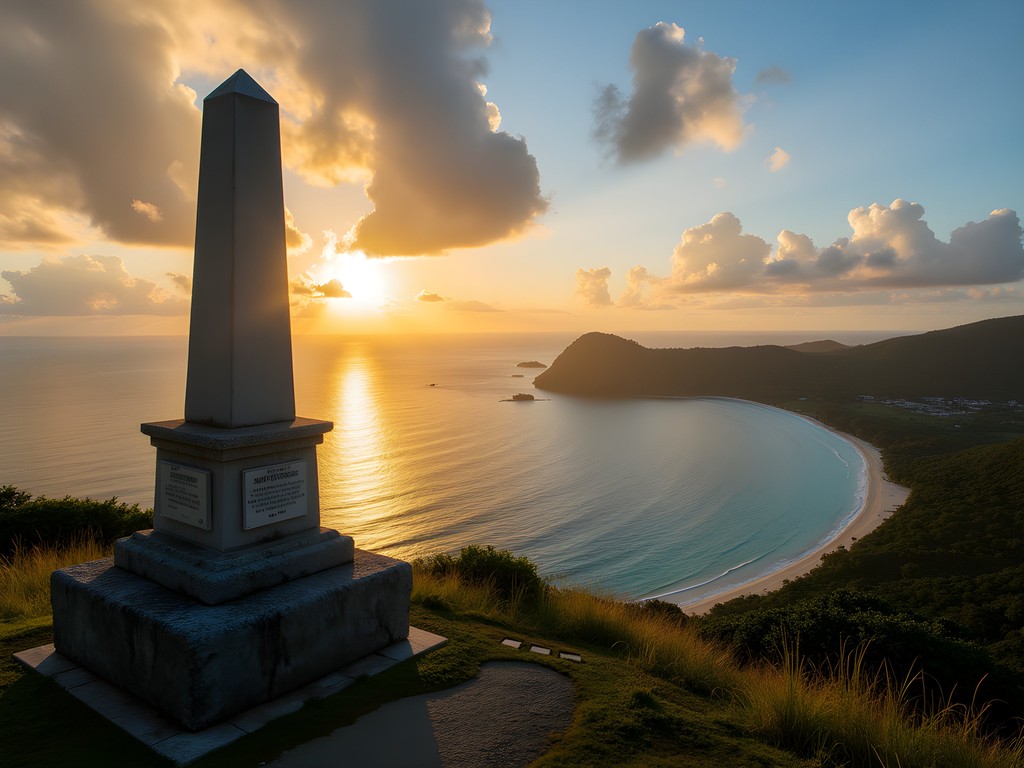
💡 Pro Tips
- Visit the American Memorial at sunrise for the most atmospheric experience
- Wear proper hiking shoes as paths can be slippery after rain
- Bring at least 2 liters of water per person for the Bloody Ridge hike
Diving into History: Iron Bottom Sound's Underwater Museum
No visit to Guadalcanal is complete without exploring what lies beneath the waves of Iron Bottom Sound. Named for the approximately 50 Allied and Japanese ships and hundreds of aircraft that sank here during the campaign, these waters offer one of the world's most unique diving experiences.
I booked a two-tank dive with underwater camera in hand through Tulagi Dive, a reputable operator based in Honiara. Our first dive took us to the wreck of the USS Aaron Ward, a destroyer sunk during the Tokyo Express raids. Descending through clear blue water, the massive silhouette of the ship slowly emerged—a ghost from the past now colonized by vibrant coral and fish.
What makes these dives so moving isn't just the wrecks themselves, but the personal items still visible after decades underwater: boots still lined up beneath bunks, medicine bottles in the ship's hospital, and most haunting of all, a helmet with coral growing through its shattered surface. My dive guide, Solomon, whose grandfather witnessed many of these ships sinking from shore, shared stories passed down through generations.
For those who don't dive, several operators offer glass-bottom boat tours over shallower wreck sites. While you won't get the immersive experience of diving, you'll still glimpse these underwater monuments to human conflict.
The most important thing to remember when diving these sites is that they are war graves. Many of these ships went down with significant loss of life, and divers are expected to show appropriate respect. Removing artifacts is strictly prohibited and rightfully so—these sites belong to history and to the families of those who perished here.
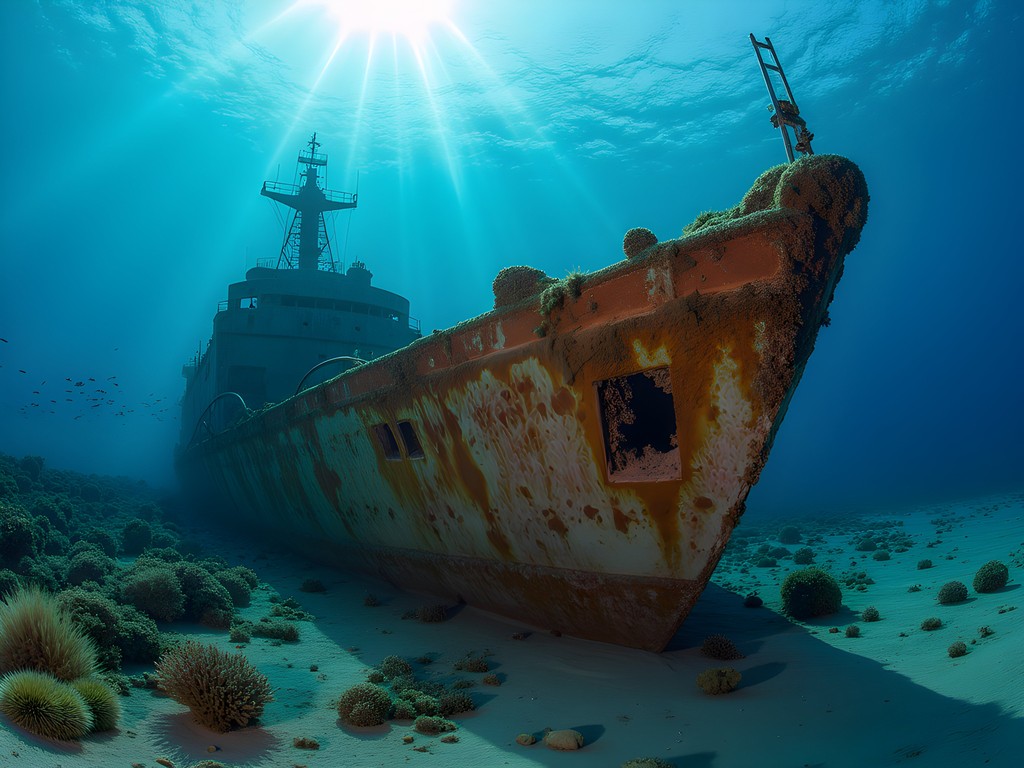
💡 Pro Tips
- Book dives at least a week in advance as operators have limited spots
- Bring an underwater camera with a good depth rating (at least 15m)
- Consider doing a refresher course if you haven't dived recently, as some wrecks are deep
Henderson Field and the Japanese War Memorial
What was once the most contested airstrip in the Pacific is now Honiara International Airport (HIR), though remnants of its wartime past are still visible if you know where to look. I arranged a special tour through the Solomon Islands Visitors Bureau, which allowed access to areas not normally open to the public.
Behind the modern terminal building lies the Fighter Strip 1 Memorial, marking the original fighter runway that American forces fought so desperately to defend. Nearby, a small collection of aircraft wrecks—mostly Wildcats and Dauntless dive bombers—have been recovered from the surrounding jungle and partially restored.
What many visitors miss is the Guadalcanal American Memorial, located just off the main road about 1km from the airport. This thoughtfully designed monument includes a reflecting pool and marble walls inscribed with the names of Americans who died during the campaign. I spent a quiet hour here, reading the names and reflecting on the average age of these soldiers—many just 18 or 19 years old.
For a balanced historical perspective, I made a point to visit the Japanese War Memorial at Mount Austen as well. The journey requires a 4WD vehicle and takes about 40 minutes from Honiara on rough roads. My travel backpack proved invaluable for carrying extra water, snacks, and camera equipment during these longer excursions.
The Japanese memorial is more modest than its American counterpart but no less moving. Stone lanterns and a small shrine honor the estimated 25,000 Japanese soldiers who perished on Guadalcanal. My guide explained that unlike American bodies, which were largely repatriated, most Japanese soldiers remain buried where they fell, their spirits far from home.
What struck me most was the peaceful coexistence of these memorials. Former enemies now honored side by side, their sacrifices remembered by visitors from around the world, including descendants from both sides of the conflict.

💡 Pro Tips
- Contact the Solomon Islands Visitors Bureau in advance to arrange special access to restricted areas
- Visit both American and Japanese memorials for a balanced understanding
- Hire a 4WD for the Japanese memorial as regular taxis won't make the journey
Cultural Impact: War Stories and Local Perspectives
Perhaps the most enriching aspect of my week in Guadalcanal was connecting with local Solomon Islanders whose lives remain intertwined with the war's legacy. In the village of Tetere, about 24km east of Honiara, I met 93-year-old Eroni, who as a teenager witnessed American tanks rolling ashore. His eyes lit up as he described his first encounter with African American soldiers—the first Black people he had ever seen who weren't Melanesian.
"We thought they must be a different type of white man with painted skin," he chuckled, "until they shared their chocolate with us and showed us photos of their homes in America."
The Tetere Tank Graveyard nearby houses dozens of rusting Sherman tanks abandoned after the war—too expensive to ship home but too valuable as scrap to destroy. Now they sit in various states of decay, slowly being reclaimed by the jungle. Children from nearby villages played among the tanks, using them as jungle gyms, a striking juxtaposition of war machines becoming playthings.
At the village market in Honiara, I discovered another unexpected war legacy—shell case art. Local artisans have transformed spent artillery shells into intricate carvings depicting traditional stories and war scenes. I purchased a small piece from Joseph, whose grandfather taught him the craft using shells collected from the jungle.
"The war brought much suffering," Joseph told me, "but also opportunity. These shells that once brought death now bring life to my family through art."
For those interested in recording these powerful stories, I recommend a portable audio recorder. With permission, I recorded several conversations with elders like Eroni, preserving firsthand accounts that will soon be lost to time.
What became clear through these interactions is that for Solomon Islanders, the war isn't ancient history—it's a lived memory that continues to shape their relationship with the outside world and their understanding of their place in global events.
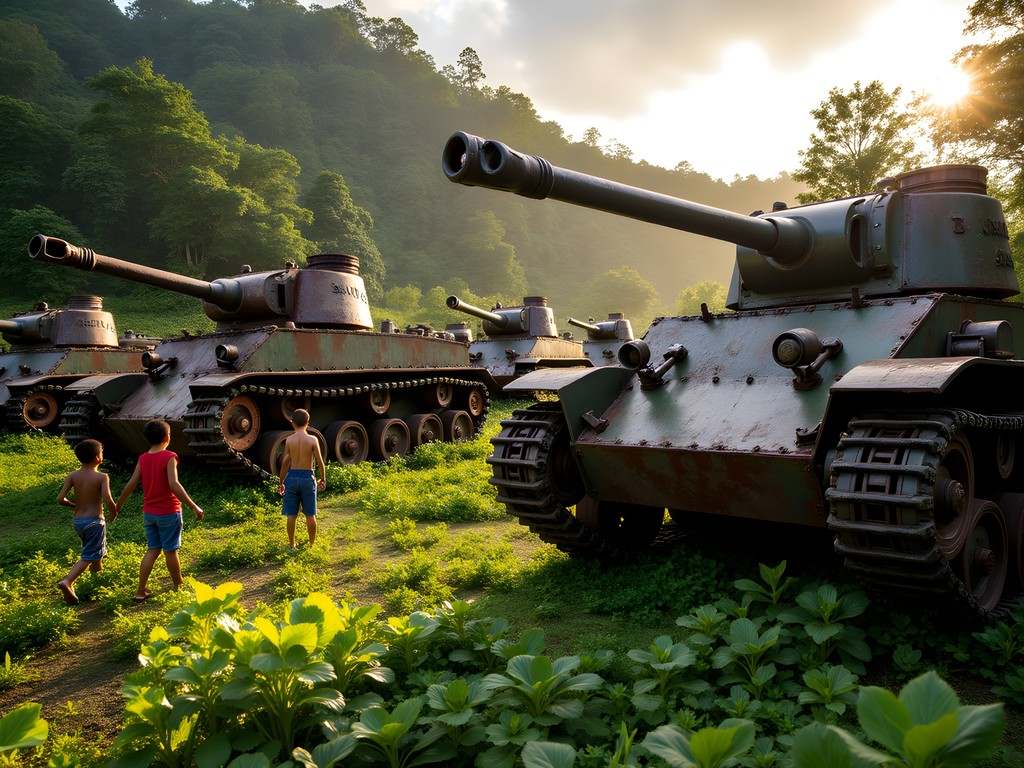
💡 Pro Tips
- Bring small gifts when visiting villages (school supplies are appreciated)
- Always ask permission before photographing people or recording conversations
- Learn a few phrases in Pijin (Solomon Islands Creole) to break the ice with locals
Final Thoughts
As my week exploring Guadalcanal's battle sites drew to a close, I found myself sitting on the seawall near Point Cruz, watching fishing boats return to Honiara's harbor as the sun set over Iron Bottom Sound. These waters and jungles, once theaters of unimaginable violence, have transformed into places of reflection, reconciliation, and remembrance. The Solomon Islands offer something increasingly rare in our world of curated historical experiences—raw, unfiltered connections to the past. Here, history isn't behind glass or reconstructed; it's embedded in the landscape and the stories of those who live among its remnants. Whether you're a history enthusiast, a diving aficionado, or simply a curious traveler seeking deeper understanding, Guadalcanal's battle sites provide a profound journey into one of history's pivotal moments. As you walk these shores and jungles, you'll find that the past isn't really past at all—it continues to speak, if only we take the time to listen.
✨ Key Takeaways
- Hire local guides with personal or family connections to the war for the most insightful experience
- Balance your itinerary between American and Japanese sites for a complete historical perspective
- Respect these sites as war graves and places of ongoing significance to local communities
- Allow time for unplanned encounters—some of the most meaningful experiences come from conversations with local elders
📋 Practical Information
Best Time to Visit
May-November (dry season)
Budget Estimate
$150-200 USD per day including accommodation, guides, and activities
Recommended Duration
5-7 days
Difficulty Level
Moderate (Some Sites Require Hiking In Hot, Humid Conditions)
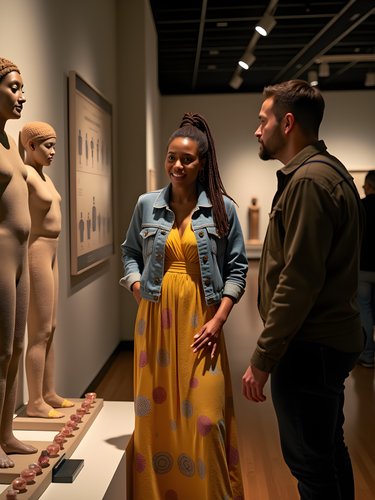
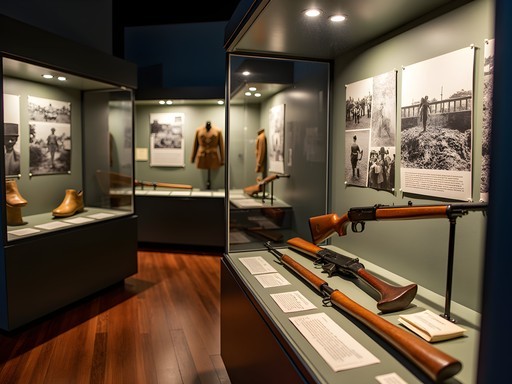
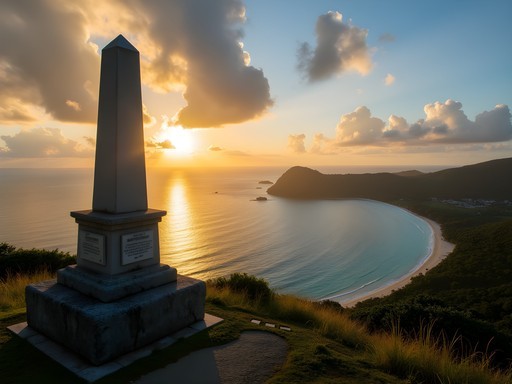
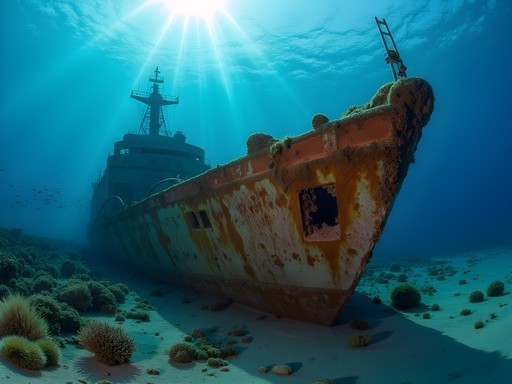




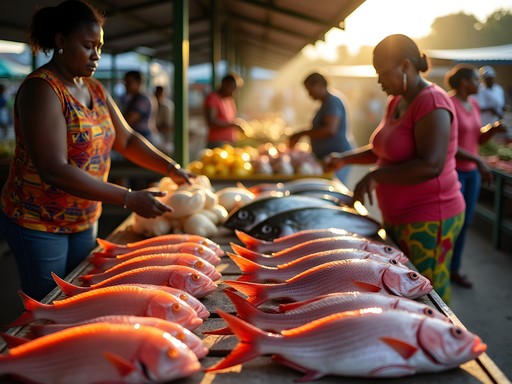
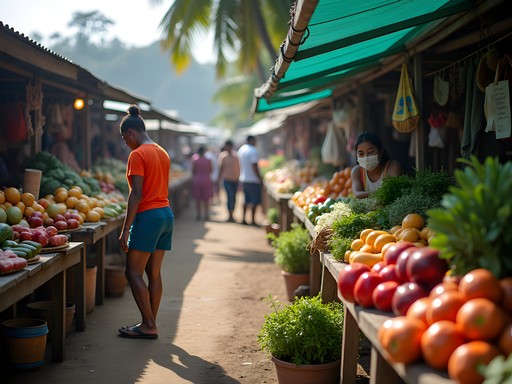






Comments
cityperson
Those sunset photos from Point Cruz are stunning. What camera do you use?
Victoria Washington
Thanks! Just my trusty Sony A7III with the 24-70mm lens. The light in the Solomons does most of the work!
adventurepro
Great post! How safe did you feel traveling around the Solomon Islands? I've heard mixed things about Honiara's safety situation. Did you go solo or with a group?
Victoria Washington
I went with my partner and felt completely safe during our visit. Like any city, parts of Honiara require common sense precautions after dark. The battle sites all have regular tourist presence and guides. The locals were incredibly welcoming everywhere we went!
Casey Andersson
Victoria, what a powerful post! I visited Guadalcanal in 2024 and was similarly moved. The contrast between the island's natural beauty and its violent history is jarring. For anyone planning to visit, I highly recommend bringing a good underwater camera if you're diving Iron Bottom Sound. I used my underwater camera to capture some haunting images of the wrecks. Also worth noting - August is a great time to visit as they hold memorial ceremonies around the battle anniversary (Aug 7). The locals are incredibly respectful of this history and hearing their perspective adds another dimension to the experience.
adventurepro
Casey, how technical were the wreck dives? I'm only PADI Advanced certified - would that be enough for Iron Bottom Sound?
Casey Andersson
Advanced Open Water is perfect for most of the sites! There are a few deeper wrecks that require technical certification, but plenty to see within recreational limits. Tulagi Blue runs excellent trips.
smartninja
Those underwater wrecks look incredible! Adding this to my bucket list for sure.
winterpro
Wow Victoria, your post brought back so many memories! I visited Guadalcanal last year and was completely unprepared for how emotional it would be standing at Bloody Ridge. Our guide was a local whose grandfather fought alongside the Americans - his stories gave me chills. Did you get a chance to visit the small museum near Henderson Field? They have some incredible artifacts including personal letters from soldiers that really humanize the history.
Victoria Washington
Thanks for reading, winterpro! Yes, I did visit that museum - those letters were heartbreaking. Did you have a particular guide you'd recommend? I used Solomon Islands Historic Tours and they were excellent.
winterpro
We used the same company! Our guide was named Joseph - if he's still there, definitely ask for him. His family history with the battle made everything so much more impactful.
Douglas Bradley
Victoria, excellent coverage of Guadalcanal's WWII sites. I visited last year as part of my Pacific War historical tour, and the experience was profoundly moving. For anyone planning to visit, I'd add a few suggestions: 1) Bring a good historical guidebook - I found this one invaluable for understanding the tactical significance of each site. 2) Visit the National Museum in Honiara first for context. 3) Consider the weather - I went during the dry season (May-November) which made accessing Bloody Ridge much easier. 4) Pack respectfully - these are essentially war graves, especially Iron Bottom Sound. The local perspective on the war is fascinating and often overlooked in Western historical accounts.
Victoria Washington
Thanks Douglas! Great point about the National Museum - it provides crucial context before heading to the actual sites. And yes, the local perspective is what makes visiting here so unique compared to European WWII sites.
summerwanderer3232
Those underwater wrecks look incredible! Adding this to my bucket list!
adventuretime
This looks fascinating! How safe is Honiara these days? I've heard mixed things about traveling solo there.
Douglas Bradley
I was in Honiara three months ago. It's generally safe for tourists, especially in daylight hours, but standard precautions apply. Stick to recommended areas, don't flash valuables, and arrange transport through your accommodation. The historical sites are well-visited and I never felt uncomfortable. The locals I met were incredibly welcoming and proud to share their history.
adventuretime
Thanks so much! That's really helpful. Did you hire a guide or explore independently?
Douglas Bradley
I'd recommend a guide - they provide crucial historical context and can navigate the sometimes confusing locations of sites. I used Peter from Solomon Islands Battlefield Tours - worth every penny!
escapephotographer
I visited these sites last year and was completely blown away. Iron Bottom Sound looks so peaceful now, it's hard to imagine the brutal battles that happened there. Did you get a chance to visit Tokyo Raiders Memorial? Our guide was a local whose grandfather fought alongside the Americans - his stories added so much depth to the experience. The contrast between the lush jungle and the rusting war relics is something I'll never forget.
Victoria Washington
Yes! The Tokyo Raiders Memorial was incredible. Those personal connections through local guides make all the difference. My guide's father had collected shell casings as a child after the battles - he showed us his collection.
citychamp
Great post! How did you get around the island? Is it easy to visit these sites independently or better with a tour?
Victoria Washington
Thanks! I hired a local driver for most sites - roads can be rough and signage is minimal. For Henderson Field and Bloody Ridge, I joined a half-day tour which was worth it for the historical context. You could do it independently with a rental car, but having someone who knows the history and terrain made a huge difference!
Venture X
Premium card with 2X miles, $300 travel credit, Priority Pass